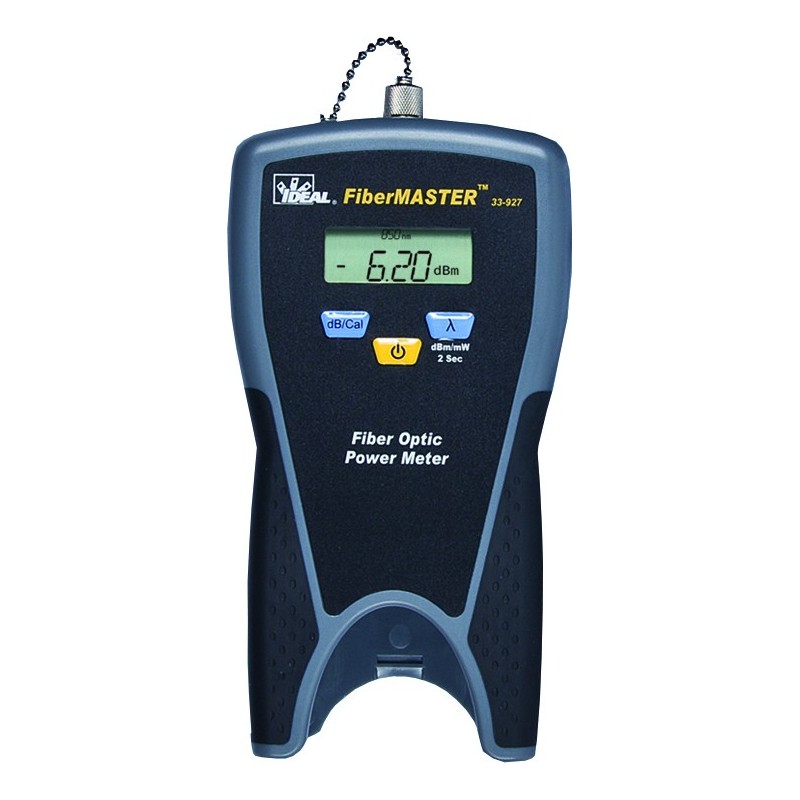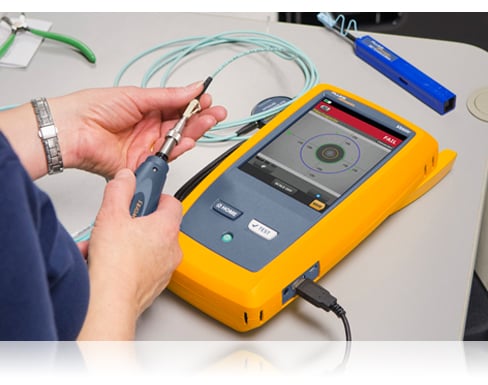All You Required to Learn About Robotic Vision and Its Applications in Advanced Optical Measurement Systems
Robotic vision stands for a substantial improvement in the junction of computer vision, expert system, and maker understanding. This technology improves the accuracy of optical dimension systems, making it possible for real-time data analysis and enhanced top quality control. Its impact spans several markets, from producing to healthcare. However, the progressing landscape of robot vision questions concerning future abilities and applications (fibre testing equipment). What innovations lie in advance in this transformative area?
Comprehending Robotic Vision: Trick Concepts and Technologies
Robotic vision encompasses the technologies and methods that enable machines to translate and understand visual information from their setting. This field integrates aspects of computer vision, synthetic knowledge, and artificial intelligence to facilitate automatic decision-making based on visual data. Secret concepts include image handling, which involves the enhancement and analysis of photos to draw out meaningful functions, and things acknowledgment, which allows devices to identify and classify items within a scene.

The Combination of Robotic Vision With Optical Measurement Systems
As markets increasingly demand accuracy and effectiveness, the combination of robot vision with optical measurement systems has arised as a transformative technique. This synergy allows robotics to view and translate their surroundings, improving the capacity of optical measurement systems to examine and analyze things with exceptional precision. By equipping optical sensors with advanced imaging innovations, robotic vision makes it possible for real-time data collection and processing, helping with instant adjustments to measurement specifications.
Moreover, the combination equips automated systems to identify variants in dimensions, surface area top quality, and positioning, which are vital in quality assurance procedures. Boosted formulas, such as device learning, further boost this assimilation by enhancing the systems' capability to adapt to various settings and scenarios. Consequently, the combination not only enhances dimension processes but likewise decreases mistakes, ensuring that products satisfy strict market standards, consequently solidifying the function of robot vision in the future of optical measurement systems.
Applications of Robotic Vision in Production
In modern manufacturing atmospheres, using vision systems has actually changed manufacturing processes by enabling devices to perform tasks with impressive precision and speed. Robotic vision systems are progressively employed for high quality control, where they check items for problems and warranty adherence to specs. These systems use cams and progressed formulas to analyze items in real-time, substantially reducing the risk of human mistake.
Furthermore, robotic vision promotes automation in assembly lines, permitting robotics to precisely identify components and assemble them with very little downtime. This innovation likewise enhances stock management, as vision systems can keep track of stock levels and identify disparities, assuring a seamless supply chain.
Robotic vision aids in the execution of wise factories, where information from vision systems can be incorporated with various other technologies to maximize operations (optical measurement system). Overall, the applications of robotic vision in producing demonstrate its critical role in boosting efficiency, high quality, and productivity across various sectors
Robotic Vision in Medical Care: Changing Individual Treatment

In rehab, robotic vision aids in monitoring individual development and tailoring therapy sessions to individual requirements. It supports clinical professionals by automating jobs such as data collection and patient tracking, enabling for more time to concentrate on straight patient interaction. In addition, robot vision boosts telemedicine by making it possible for remote medical diagnosis and online appointments, bridging the gap in between patients and doctor. Generally, the application of robotic vision in medical care is transforming person treatment, bring about boosted results, efficiency, and patient satisfaction.
Future Trends and Advancements in Robotic Vision Modern Technology
The quick evolution of robot vision innovation promises to better boost its applications throughout numerous industries, including healthcare. Future trends suggest a considerable shift in the direction of incorporating expert system and equipment knowing, enabling systems to discover from large datasets and enhance precision over time. Enhanced sensing unit modern technologies and deep understanding formulas are expected to improve things recognition abilities, allowing robotics to interpret complicated settings better.

The integration of augmented truth (AR) with robotic vision robotic vision will likely revolutionize just how robotics assist in medical procedures and diagnostics. This harmony will facilitate real-time information visualization, improving decision-making procedures. Furthermore, miniaturization of parts will result in more portable and functional robotic vision systems ideal for a range of jobs. As these innovations unfold, sectors will witness increased automation and effectiveness, strengthening robot vision as a keystone of innovative technological services.
Often Asked Questions
What Are the Main Parts of a Robotic Vision System?
The primary components of a robotic vision system include cams for image capture, processors for information analysis, algorithms for analysis, and actuators for activity. With each other, these aspects allow robotics to view and connect with their environment effectively.
Just How Does Robotic Vision Improve Accuracy in Measurements?
Robotic vision improves dimension accuracy by making use of innovative imaging innovations, making it possible for specific object detection and spatial analysis. This ability minimizes human error, increases repeatability, and permits for real-time adjustments, eventually boosting total dimension integrity and effectiveness.
What Industries Advantage Many From Robotic Vision Innovation?
Various sectors profit considerably from robot vision technology, including manufacturing, health care, farming, and logistics. These markets utilize improved accuracy, effectiveness, and automation, causing enhanced performance and minimized functional prices in their particular processes.
Can Robotic Vision Systems Operate In Low-Light Conditions?
Robotic vision systems can certainly function in low-light conditions, utilizing sophisticated sensing units and algorithms to enhance image clearness. This capacity permits them to execute effectively in different settings, consisting of commercial and security applications, despite minimal illumination.
What Are the Costs Linked With Applying Robotic Vision?
The prices related to carrying out robotic vision vary substantially, affected by components such as cams, software application, and integration. Extra expenses include maintenance, training employees, and potential upgrades to existing systems, which can build up gradually.